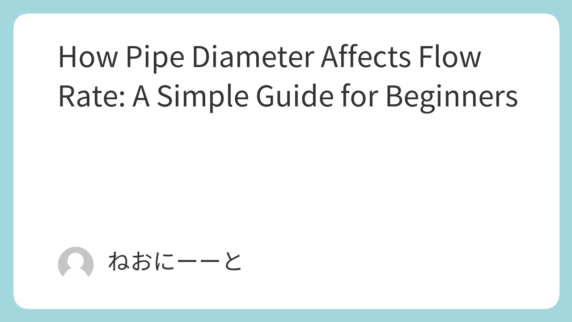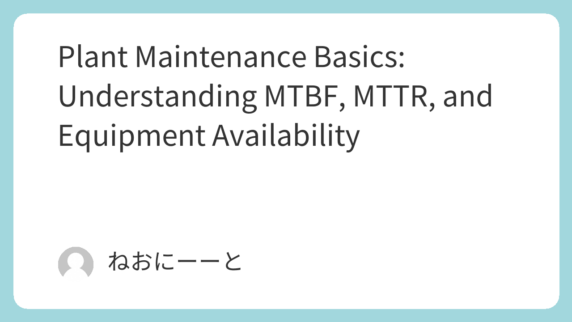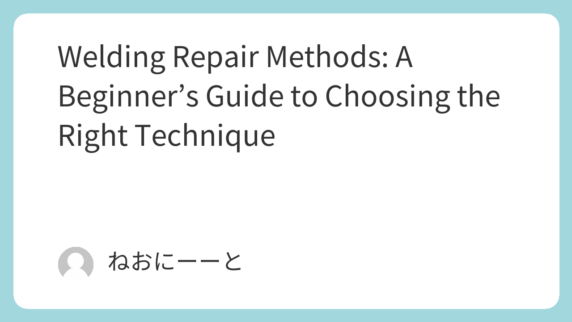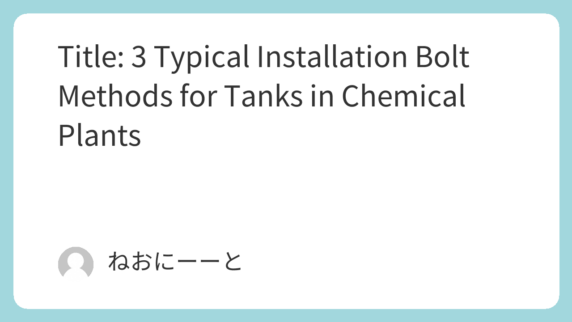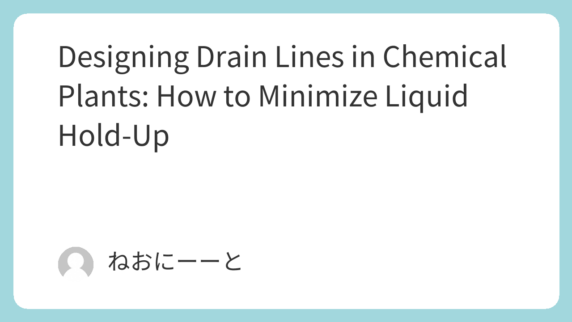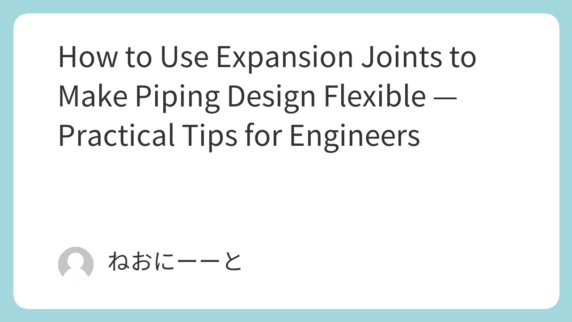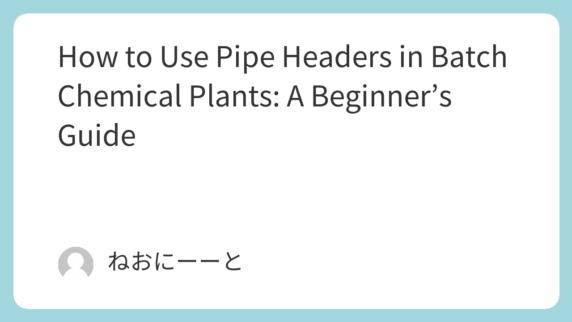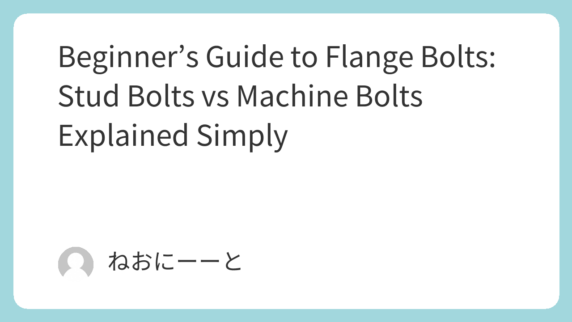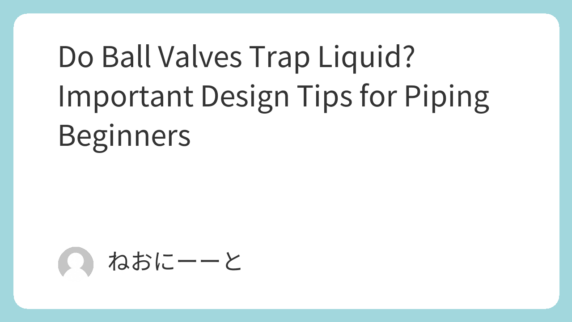 construction-design
construction-design Do Ball Valves Trap Liquid? Important Design Tips for Piping Beginners
Ball valves can trap liquid inside when closed, leading to leaks and safety risks. This article explains why it happens, what problems it causes, and how to design piping systems to avoid trapped liquid. Perfect for beginners in industrial valve design.

